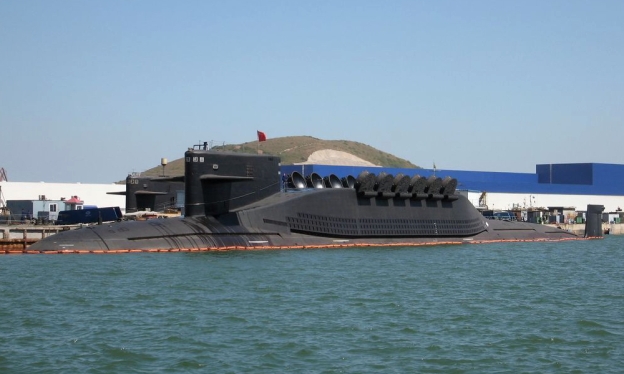China for decades has struggled to develop nuclear ballistic-missile submarines . The country finally might be on the cusp of deploying reliable boomers. An effective Chinese ballistic-missile submarine fleet over the long term could have a stabilizing influence on the world’s nuclear balance. But in the short term, it might heighten tensions. Especially if Beijing lets popular fervor drive its build-up.n n That’s the surprising conclusion of a new report from Tong Zhao. …Beijing began developing boomers as far back as 1958. It wasn’t until the late 1980s that the country completed its first boat….A Type 094 apparently conducted China’s first undersea deterrence patrol in 2015. “China has obtained, for the first time, a demonstrably operational underwater nuclear capability. This represents the start of a new era for China’s sea-based nuclear forces.” As of late 2018 there are four Type 094s in service. Beijing has not publicly released a detailed plan for its SSBN fleet expansion, but the U.S. military expects China to build between five and eight of the vessels, in total, according to Tong and various military reports and statements.
The U.S. military has responded to the China’s new boomers by boosting its own anti-submarine capabilities. “Between Chinese efforts to create a credible sea-based nuclear deterrent and U.S. endeavors to strengthen anti-submarine countermeasures, tensions are brewing under the surface of the South China Sea and the broader Pacific Ocean,” Tong explains.
Exceprts from David Axe China Is Building More Submarines That Carry Nuclear Weapons. And It Could Be a Good Thing, The National Interest, Oct. 27, 2018

